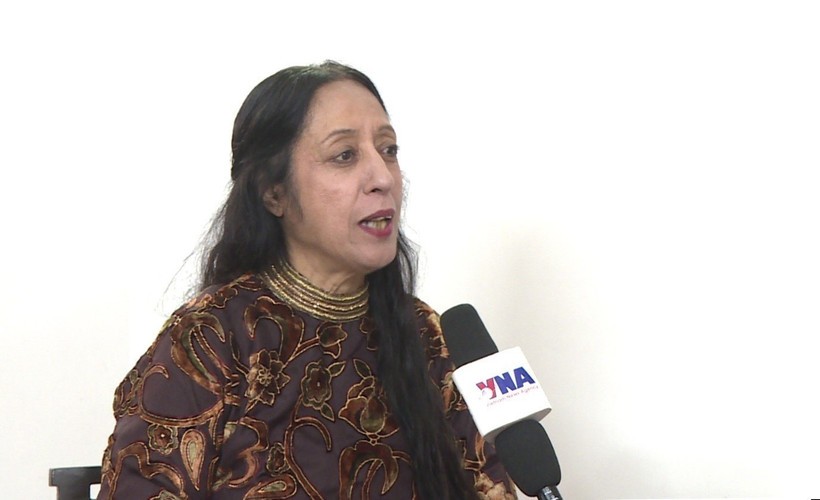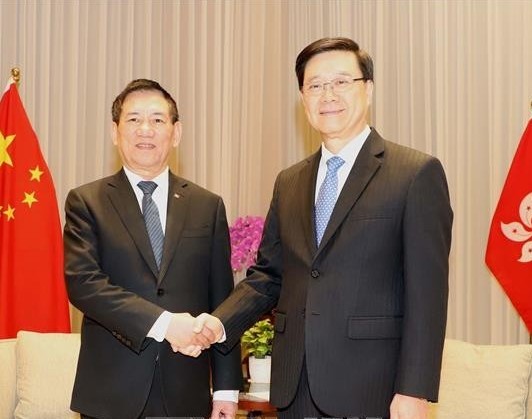Vietnam: Making Effective Use of Aid for Sustainable Development
The program was jointly organized by the Vietnam Institute of Economics under the Vietnam Academy of Social Sciences, in collaboration with the Lowy Institute (Australia) and the Australian Embassy in Vietnam, on September 30 in Hanoi.
Speaking at the seminar, Associate Professor Dr. Ta Minh Tuan, Vice President of the Vietnam Academy of Social Sciences, said the event aimed to present the key findings of the Southeast Asia Aid Map 2025, with a particular focus on Vietnam.
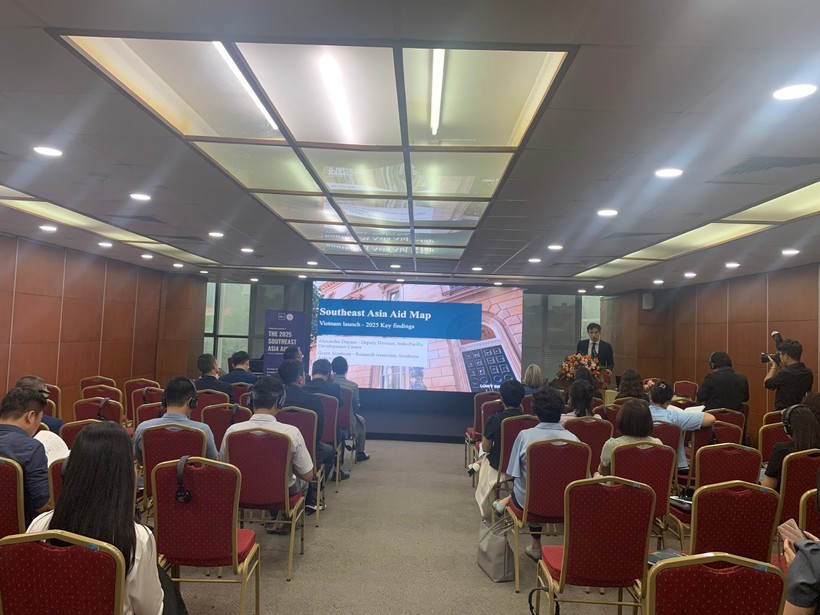 |
| Launch of the Southeast Asia Aid Map, third edition (2015–2023). (Photo: Nhan Dan Newspaper) |
The event also fostered policy dialogue, information sharing, and provided a forum for policymakers, scholars, and development partners to discuss the role, effectiveness, and strategic direction of aid utilization in advancing sustainable development in Vietnam and the region.
Alexandre Dayant, Deputy Director of the Indo-Pacific Development Centre at the Lowy Institute and Lead of the Aid Map Project, emphasized that the Southeast Asia Aid Map is not just a report but also an online database and tool tracking aid flows. It provides detailed information on commitments, disbursements, and donor partners, helping policymakers and development partners shape more effective investment strategies.
According to data from the Southeast Asia Aid Map, while overall official development finance (ODF) to the region has seen a slight adjustment, Vietnam has demonstrated a positive shift. Between 2015 and 2023, the country received USD 49.6 billion from 80 development partners through 22,538 projects. Although ODF disbursements to Vietnam declined from USD 9.3 billion in 2015 to USD 2.9 billion in 2023, this reflects the country’s growing proactivity and self-reliance in development.
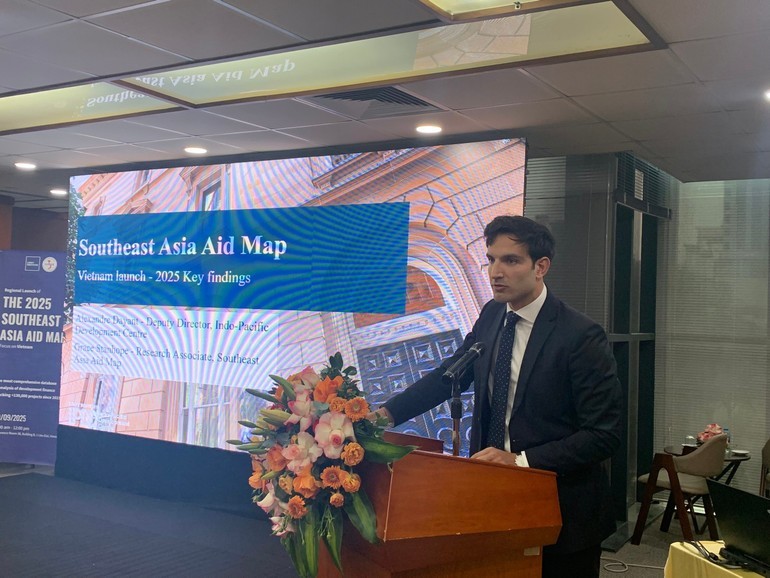 |
| Alexandre Dayant, Deputy Director of the Indo-Pacific Development Centre at the Lowy Institute and Lead of the Aid Map Project (Photo: Nhan Dan Newspaper) |
Experts noted that the adjustment in ODF flows reflects a new stage in Vietnam’s economic development. The country is making a strong transition from heavy reliance on aid to selectively accessing development loans, while also joining the ranks of ODF providers in the region. Since 2015, Vietnam has supplied an average of USD 17 million in ODF annually, mainly to Laos, Cambodia, Indonesia, and the Philippines, underscoring its growing role in regional development cooperation.
Ron H. Slangen, Deputy Country Director of the ADB in Vietnam, affirmed that Vietnam is making strong efforts to escape the middle-income trap and move toward its goal of becoming a high-income nation. In this journey, official development finance (ODF), including official development assistance (ODA) and concessional foreign loans, remains an important complement to domestic resources for socio-economic development. Leveraging ODF not only for infrastructure but also for strengthening governance, protecting the environment, and promoting social equity will help Vietnam move closer to its 2045 vision of becoming a strong and prosperous nation.
To achieve sustainable growth, Vietnam is focusing on maximizing its domestic economic potential, particularly in the private sector. The Politburo’s Resolution 68/NQ-TW sets the goal that by 2030, the private sector will become the most important driver of the national economy, taking the lead in science, technology, innovation, and digital transformation, with an average growth rate of 10-12% per year, higher than the overall pace of the economy.
Vietnam is also implementing concrete tasks and solutions such as renewing its development mindset, accelerating reforms, and improving the quality of institutions and policies while safeguarding property rights, business freedom, and fair competition. These efforts aim to expand development space and maximize domestic resources, particularly from the private sector, thereby laying a solid foundation for breakthrough and sustainable growth in the future.
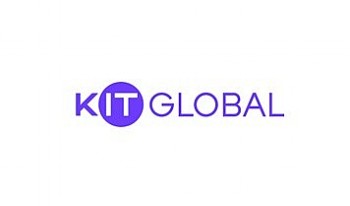 | KIT Global Strengthens AI-Driven Video Marketing and Influencer Strategies in 2025 As Vietnam's digital economy continues to expand rapidly, brands are increasingly shifting their marketing efforts toward AI-driven video content and influencer collaborations to stay competitive. |
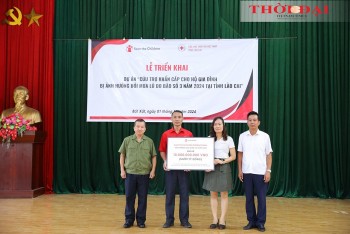 | Foreign Non-Governmental Aid Contributes to Sustainable Development in Lao Cai During the 2020-2025 period, Lao Cai province has received 114 foreign non-governmental aid (NGO) programs and projects with a total committed value of US $20.1 ... |

